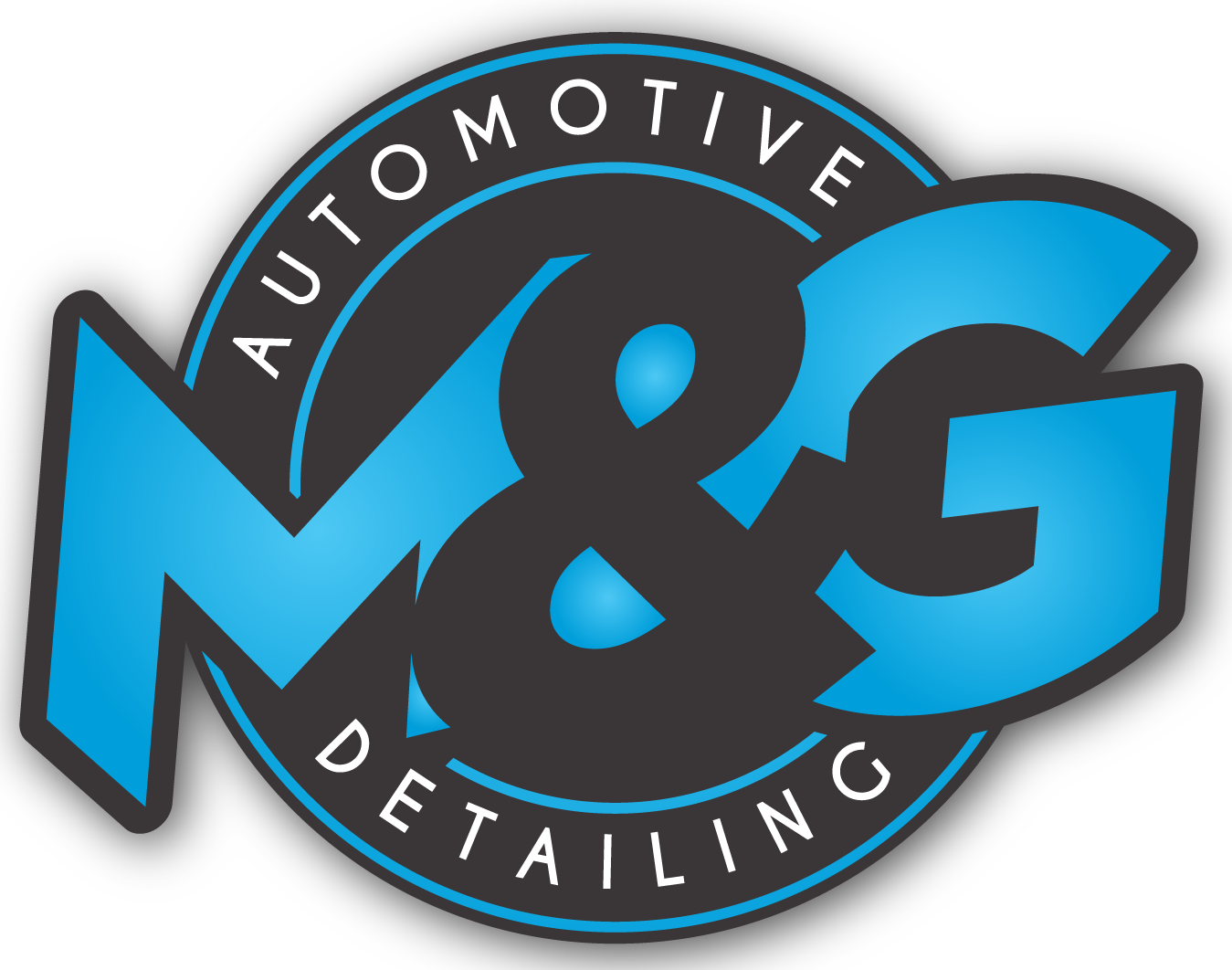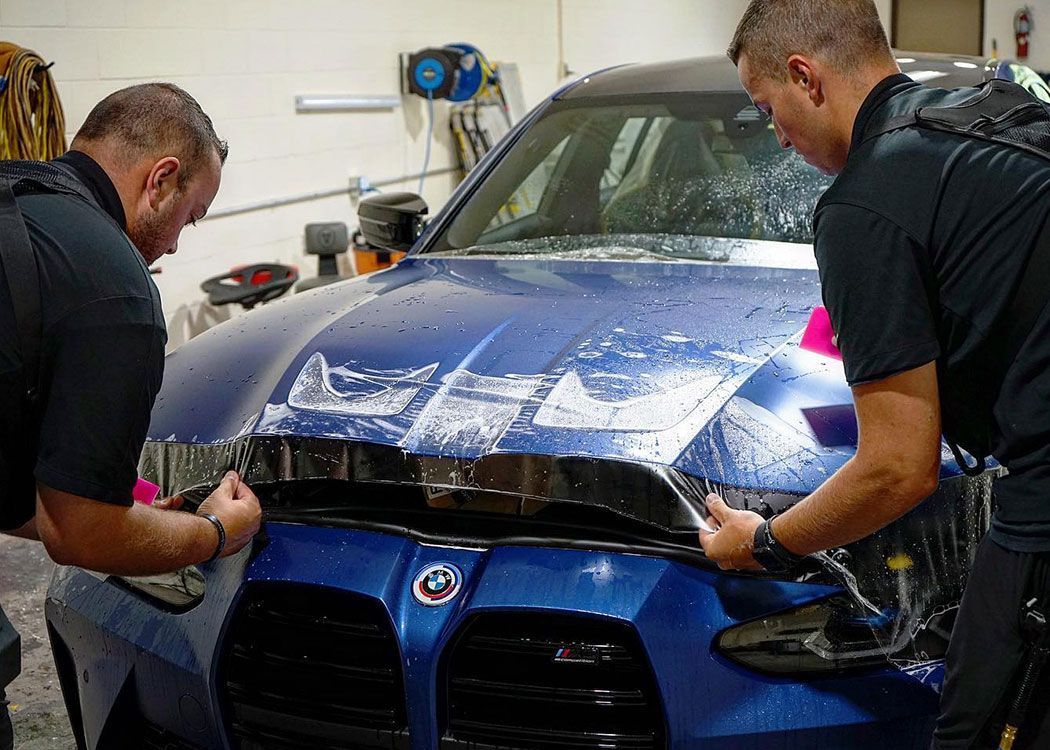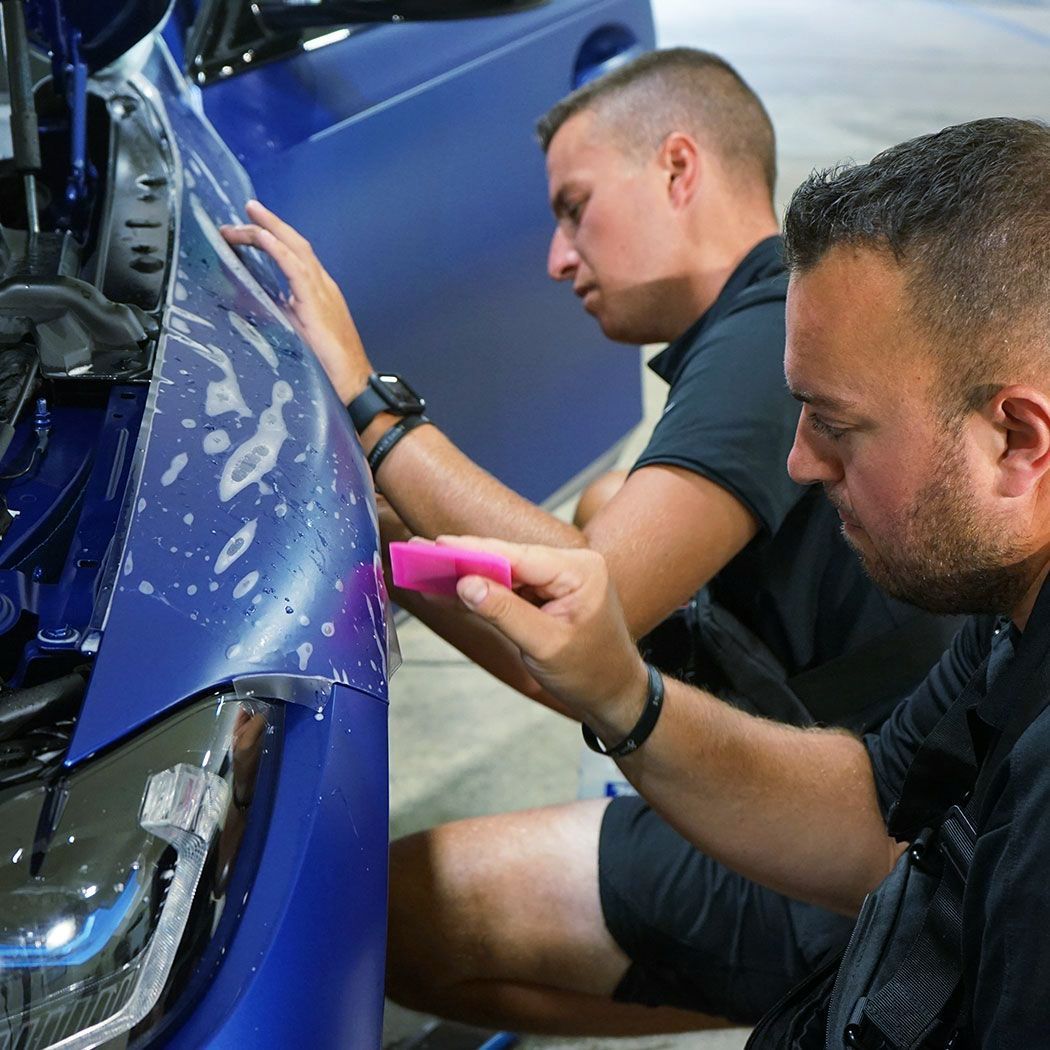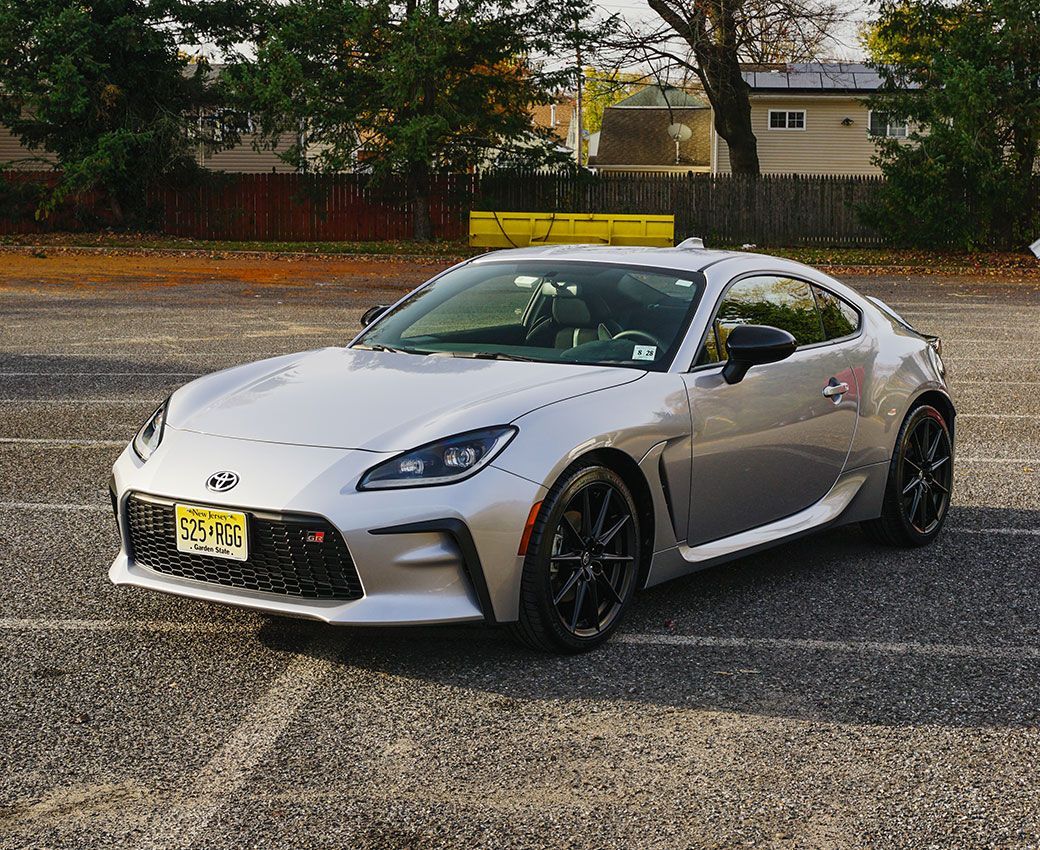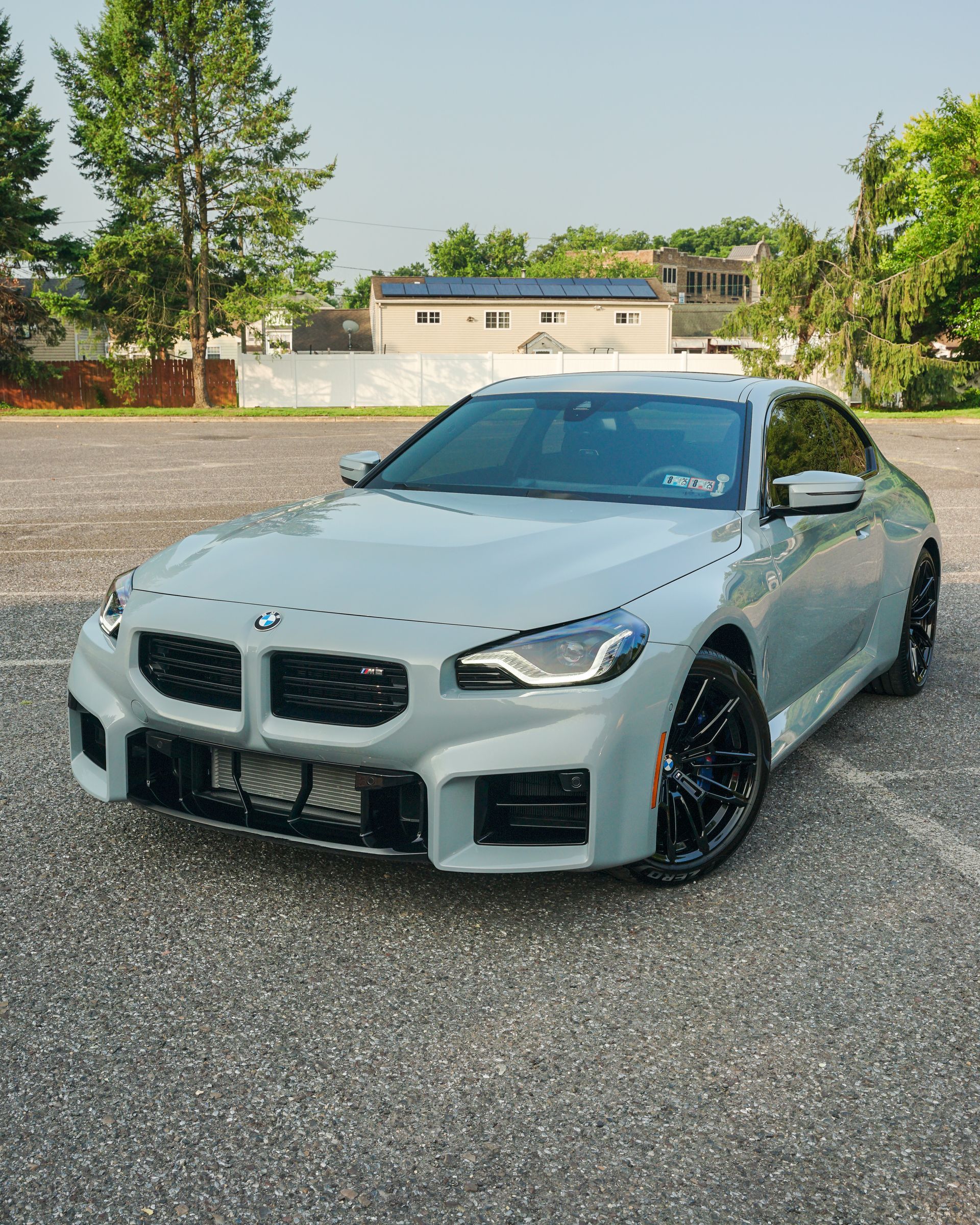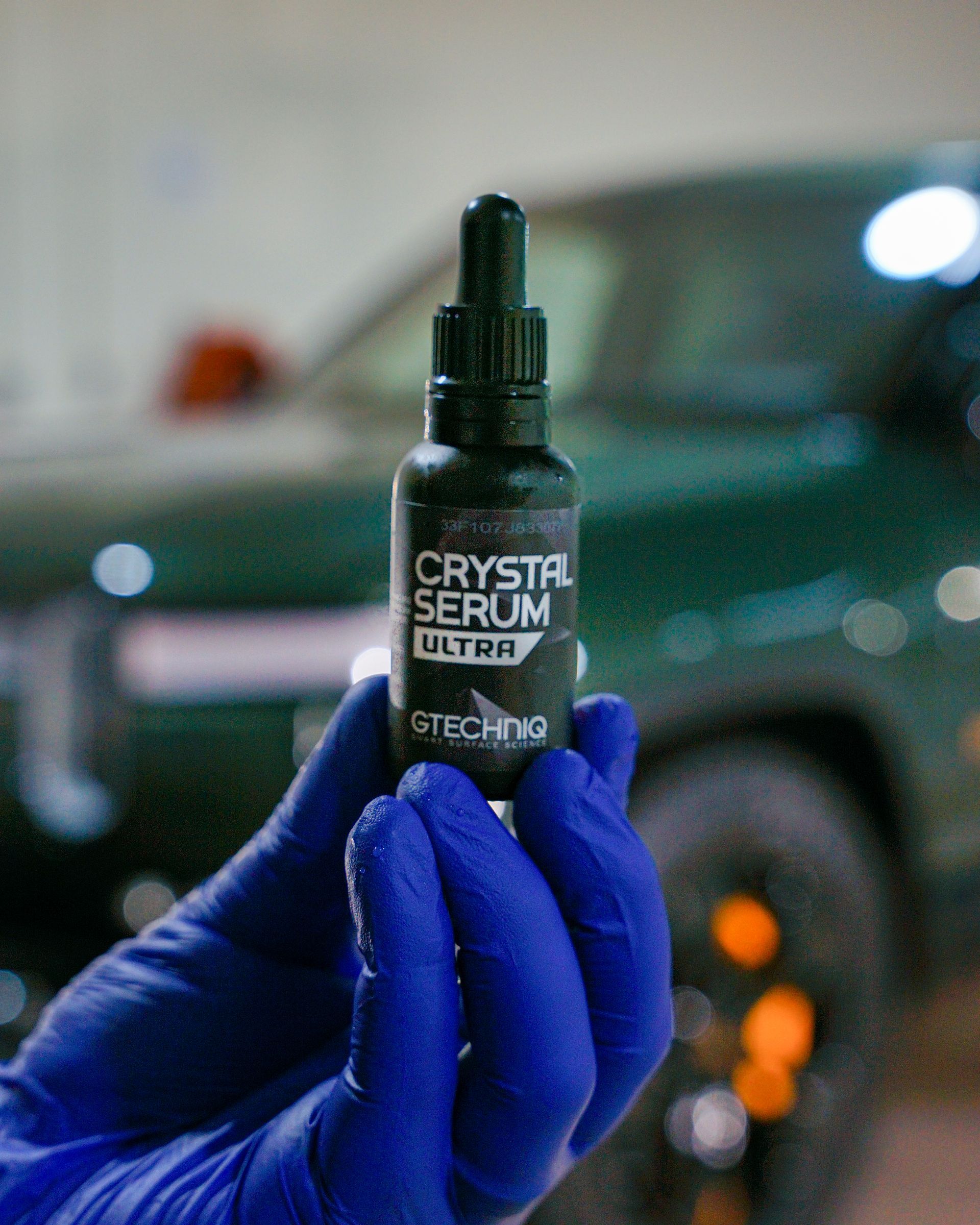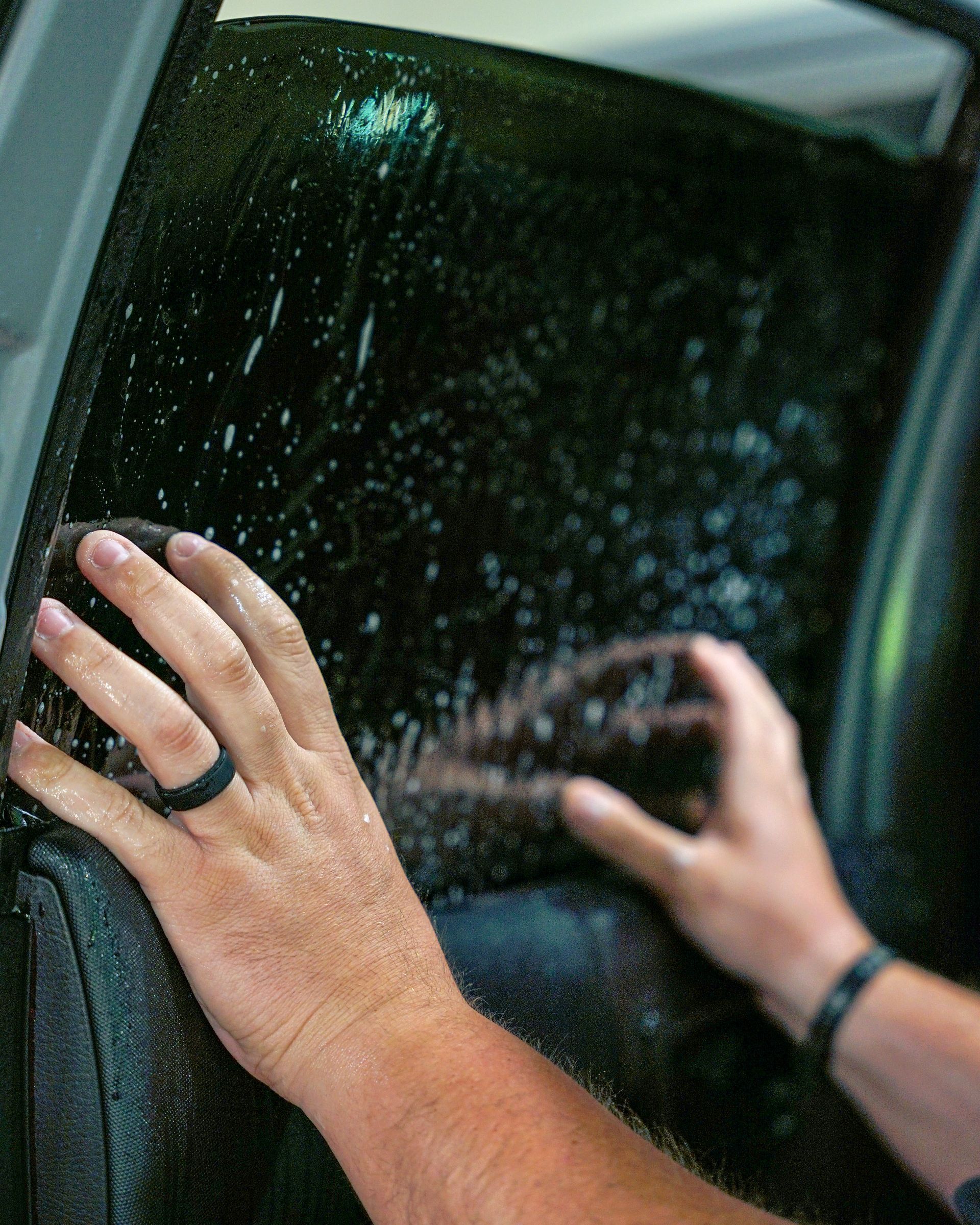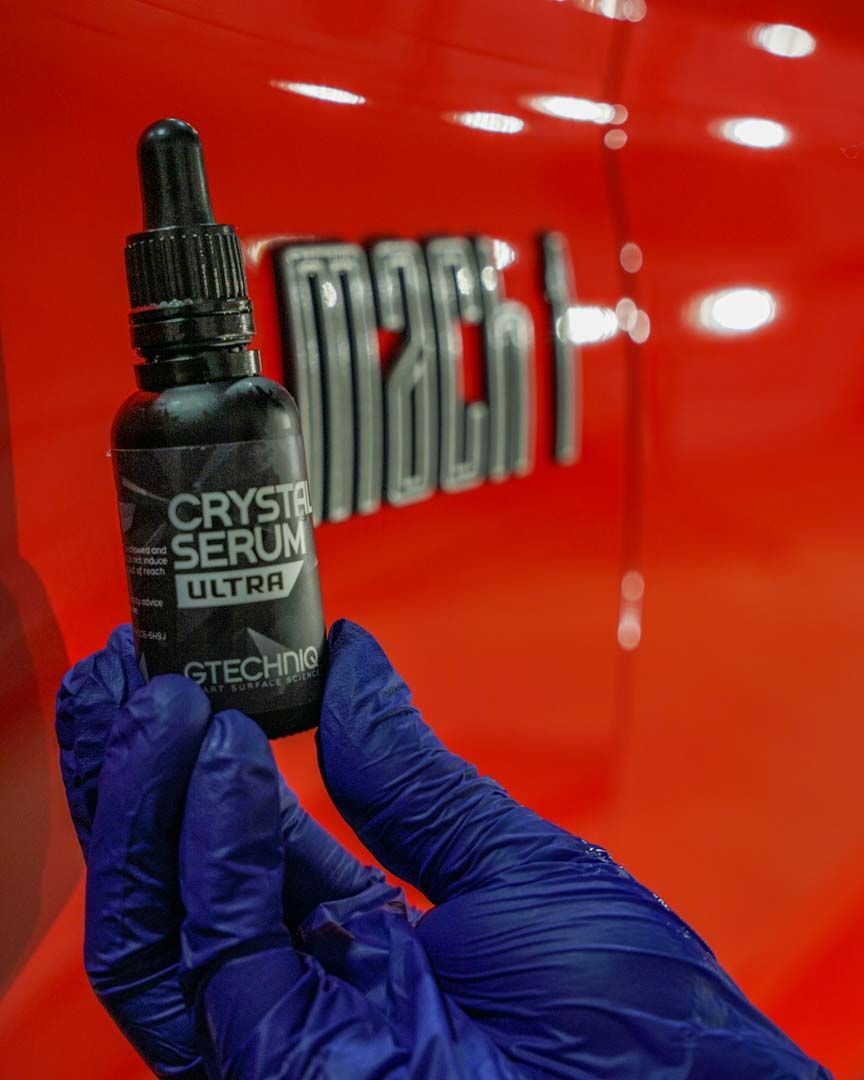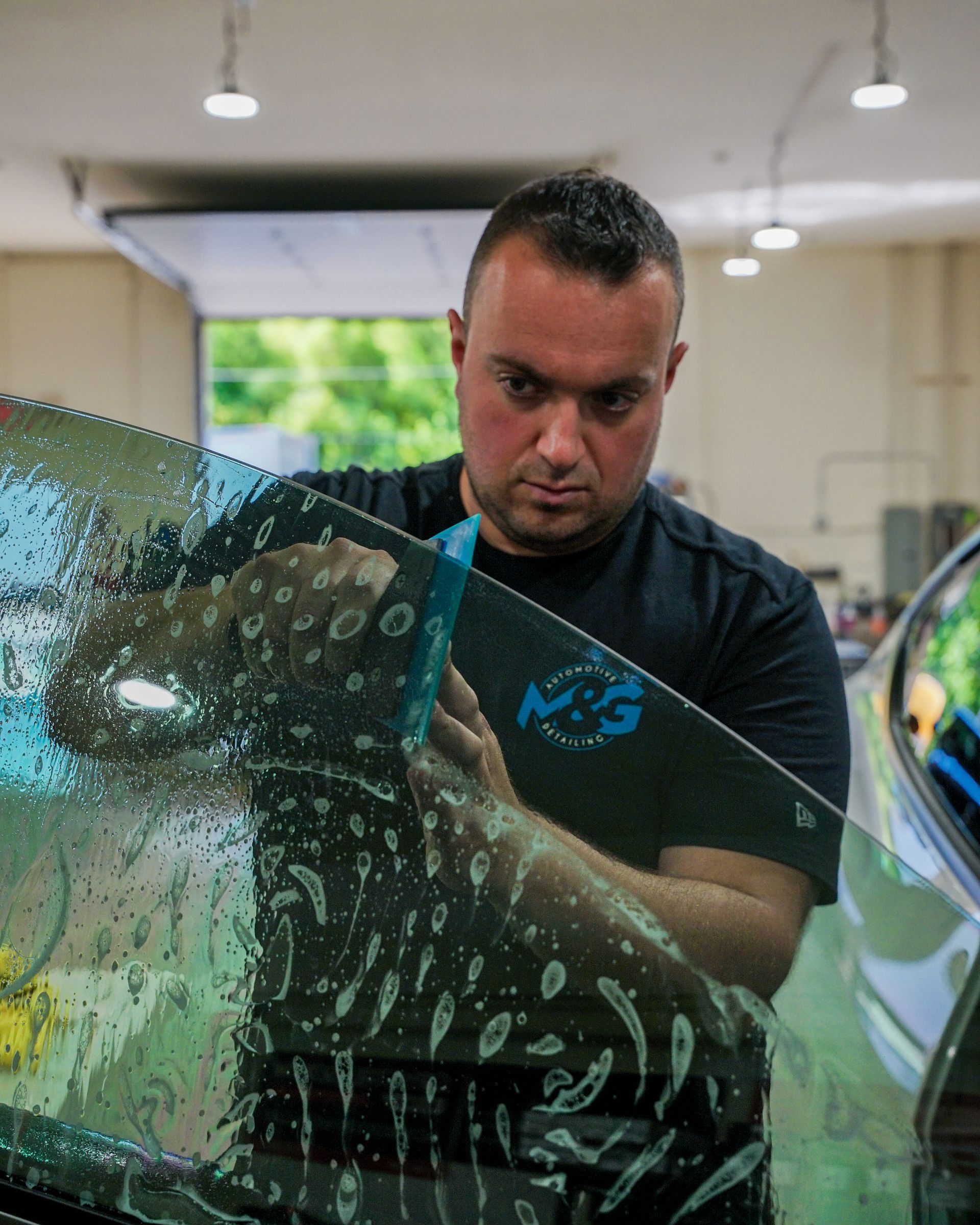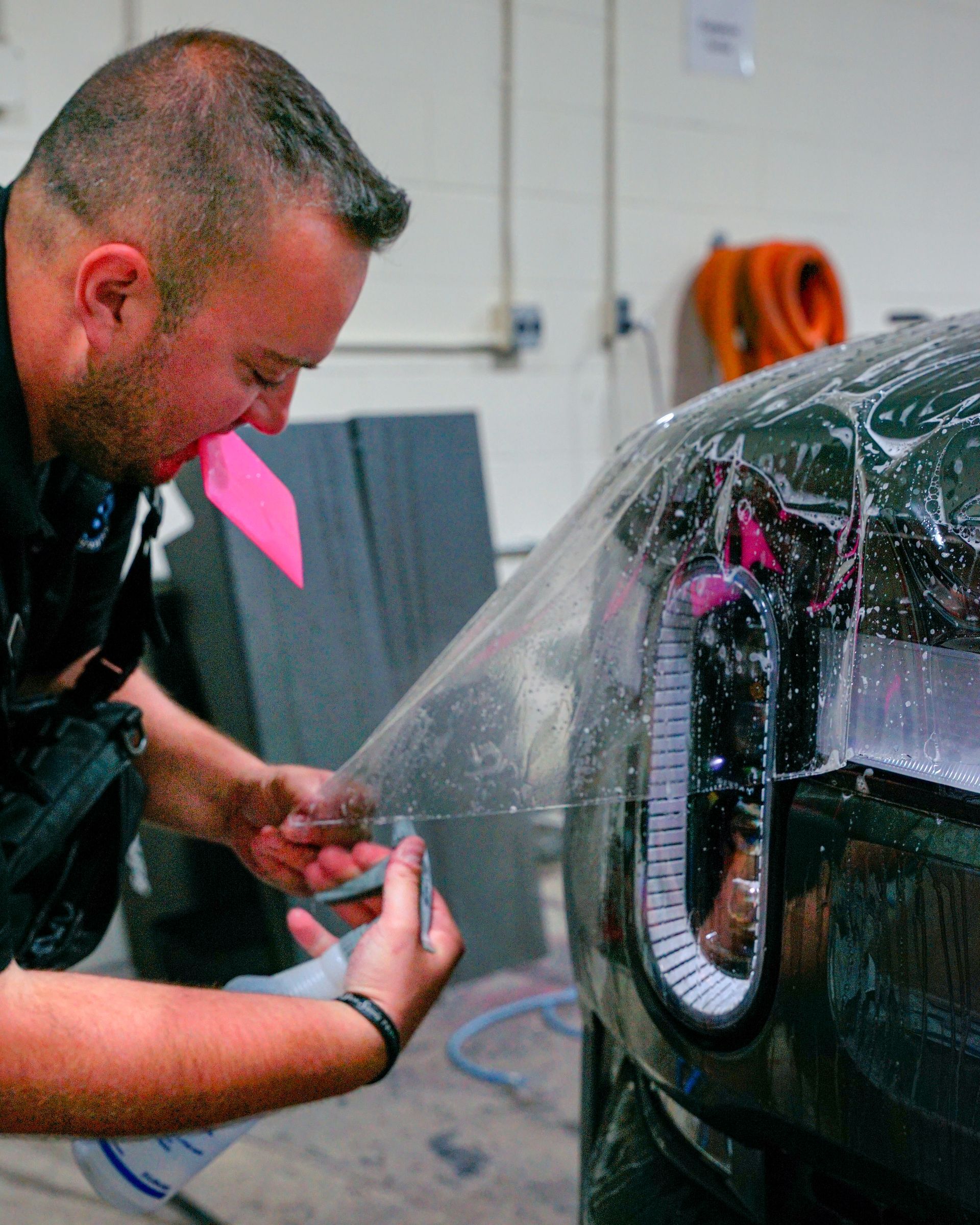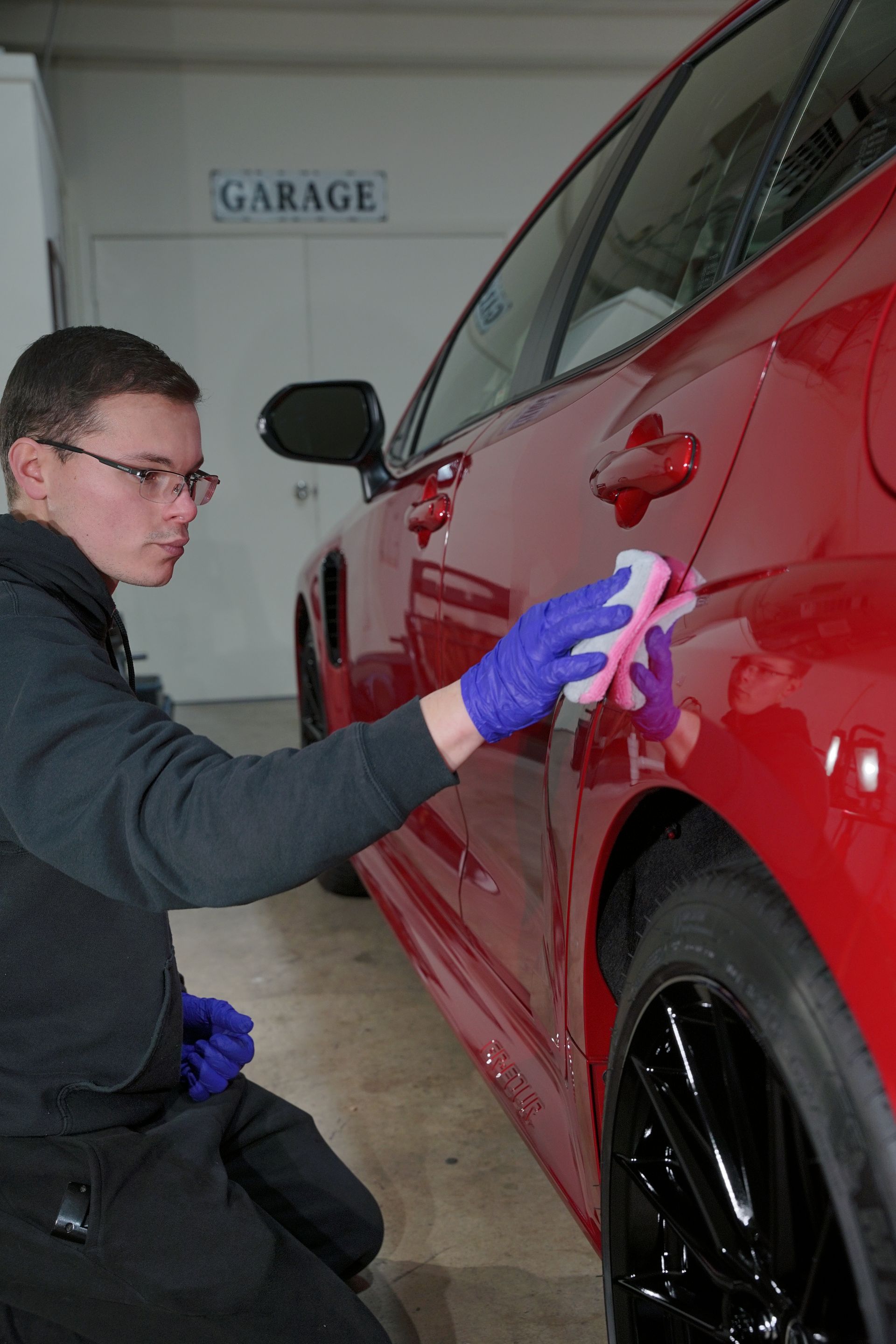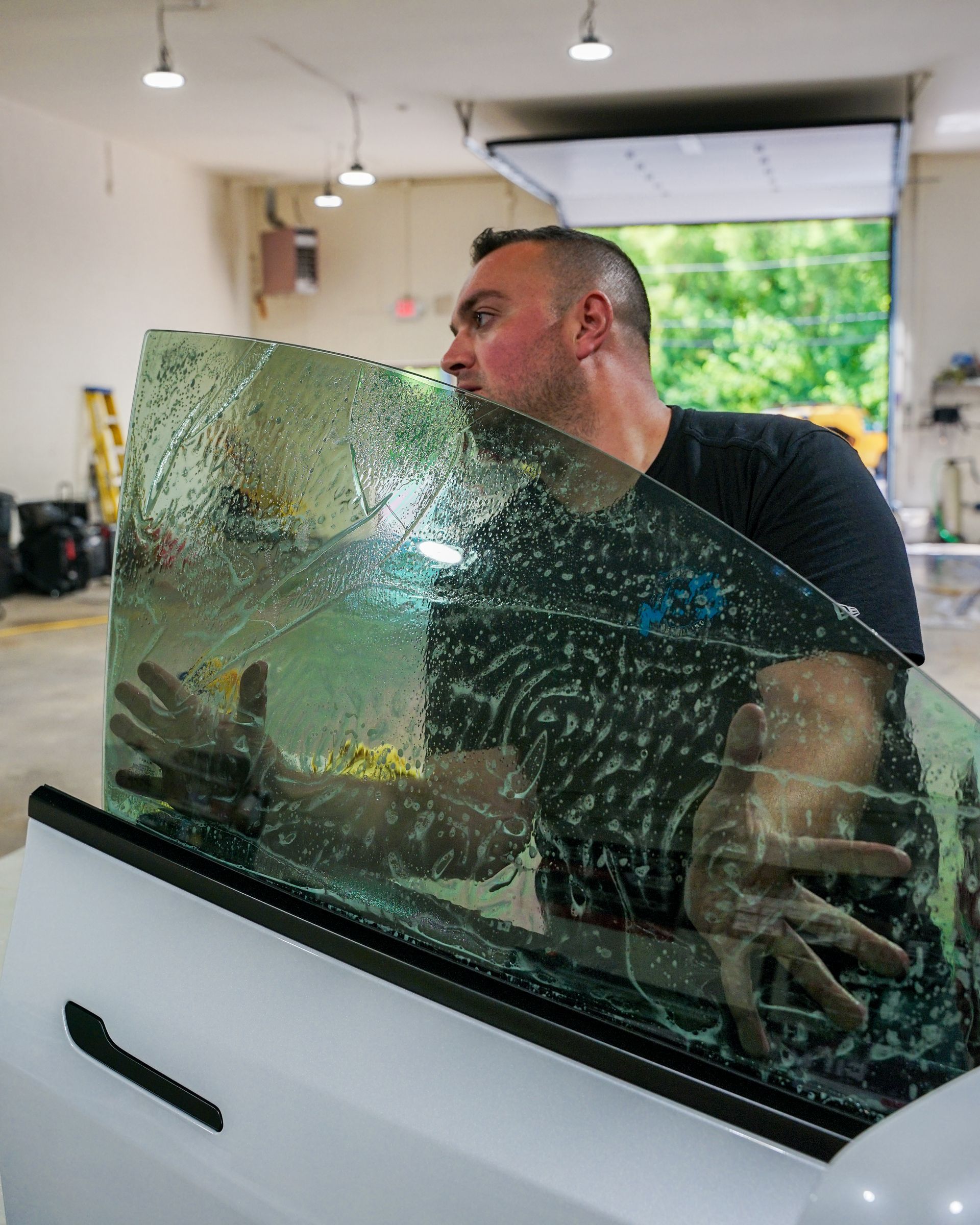What Makes PPF Self-Healing? Understanding How It Works for Vehicle Protection
When it comes to protecting your vehicle, most drivers think about traditional wax or sealants, but there's a smarter solution gaining popularity: self-healing Paint Protection Film (PPF). Picture driving away from the car wash with your vehicle looking spotless, only to notice a new scratch minutes later. It's frustrating! That's where self-healing paint protection film steps in—it's designed to not just shield your car's paint but also automatically repair those annoying little scratches over time. Self-healing Paint Protection Film contains an elastomeric polymer coating that reacts to heat. When exposed to sunlight or another heat source, the polymer molecules rearrange themselves to erase minor scratches and imperfections. This innovative technology enables minor surface damage to recover effectively, enhancing the longevity and appearance of vehicle paint protection.
How Self-Healing PPF Works
Self-healing paint protection film operates through an ingenious elastomeric polymer coating that forms the foundation of this technology. This specially engineered material possesses exceptional flexibility that enables it to return to its original configuration after being disturbed or damaged. Rather than tearing or breaking when minor scratches occur, the elastomeric layer strategically displaces, creating an innovative defense against the inevitable wear and tear of daily vehicle use.
The transformative process begins when heat activates the film's healing properties. Whether the heat source is natural sunlight or warm water during routine washing, the elastomer molecules respond by becoming energized and starting to rearrange their molecular structure. At approximately 140°F, the polymer chains undergo a relaxation process that allows them to realign themselves, creating a smoothing effect that gradually eliminates scratches as the material spreads evenly across the affected surface. This remarkable capability means that minor nicks and abrasions can disappear with minimal intervention, dramatically reducing the time and effort traditionally required for frequent vehicle detailing and maintenance.
The structural design of self-healing paint protection films further enhances their effectiveness, with most products featuring a thickness between 6 and 8 mils. This substantial protective layer serves a dual purpose by providing robust defense against environmental hazards, including gravel impacts and harmful UV radiation, while simultaneously supporting the film's advanced scratch-healing capabilities. The carefully calibrated thickness not only contributes to the product's overall durability and longevity but also optimizes the self-healing process, allowing the film to significantly reduce scratch visibility once the healing mechanism has been activated.
Layers and Composition of PPF
PPF may seem like ordinary film, but its intricate composition is a marvel of modern technology. Each layer plays a crucial role, making PPF not only an effective protective barrier but also a smart investment for your vehicle's appearance. The construction of PPF generally consists of three essential layers working together to create a formidable shield against various environmental elements.
- Clear Topcoat: This layer is responsible for the self-healing properties. Made from flexible yet durable material, it responds to heat exposure by allowing minor scratches to fade away. It's available in both high-gloss and matte finishes, so you can select one that matches your car's aesthetic perfectly. When your vehicle is parked in sunny conditions, the heat activates this topcoat, smoothing over tiny blemishes that may have occurred during driving.
- Polyurethane Middle Layer: This thicker layer provides exceptional impact resistance. It absorbs and disperses energy from rocks or other debris that might hit your vehicle while driving. Think of it as a cushion that protects vital areas of your vehicle from physical damage before it reaches the paint surface.
- Adhesive Layer: This component ensures that PPF adheres securely to your vehicle's paintwork without leaving any residue if you ever choose to remove it. Proper adhesion is essential because no matter how advanced the other layers are, their effectiveness depends on secure application.
Role of Heat in Self-Healing
The elastomeric polymers within the topcoat undergo a fascinating transformation when exposed to heat. The heat energy causes the polymer chains to become more fluid, allowing them to flow back into their original positions and effectively erase scratches that had begun to mar your vehicle's finish. Common sources of heat that activate this healing process are readily available. Direct sunlight is the most natural heat source—simply letting your car sit in the sun can work wonders. Running your vehicle's engine produces warmth that can also help stimulate the healing capabilities. Hot water during washing can be particularly effective, with temperatures around 160°F providing rapid results, allowing minor blemishes to disappear in minutes.
Advantages of Self-Healing Films
- Long-lasting Protection: Unlike traditional coatings that wear down over time, self-healing films are designed to repair minor scratches and blemishes automatically. The unique thermoplastic polyurethane material provides a robust barrier against everyday hazards like gravel, tree branches, and parking lot dings. This durability means fewer trips to the detailer or body shop, extending the life of both the film and your vehicle's paint.
- Enhanced Aesthetics: These films maintain a like-new finish, reducing glare and yellowing that can occur over time with conventional protection. This unique feature not only enhances the vehicle's overall appearance but also minimizes the frequency of detailing sessions. For busy individuals or families, this translates to more time spent enjoying the drive rather than worrying about upkeep.
- Cost-Efficiency: Investing in self-healing film pays dividends over time. Regular maintenance usually requires touch-ups or repairs from scrapes and scratches; however, with self-healing technology working continuously, these needs drastically decrease. Minimizing damage means less money spent on professional services or personal cleaning supplies.
Technology Behind Microcapsules
Some advanced self-healing PPF systems utilize microcapsules as key components. These minute containers, ranging from 10 to 100 micrometers in size, hold healing agents such as specialized polymers or resins. When the film surface encounters damage—whether from road gravel or brush against vegetation—the microcapsules rupture and release their contents to repair the affected area. When a vehicle experiences a minor scratch, these microcapsules break open upon impact, allowing healing agents to flow into the damaged spot. This healing can occur at relatively low temperatures and can take anywhere from 30 minutes to 2 hours depending on environmental conditions. The process relies on a reversible chemical reaction, allowing the PPF to regain its original characteristics after damage occurs. While microcapsule technology excels at addressing minor scratches and surface abrasions, it cannot remedy deep gouges or severe damage that penetrates beyond the film's surface. In such cases, professional repair or complete film replacement may be necessary.
Latest Innovations in PPF
Recent developments in paint protection film technology include enhanced materials and improved healing capabilities. Modern formulations offer better durability and faster response times for the self-healing process. Film durability has improved significantly, and self-healing response times have been reduced in the latest formulations. These innovations translate directly into practical benefits for vehicle owners, making PPF an increasingly attractive option for long-term vehicle protection.
Real-World Applications and Benefits
Self-healing PPF provides practical solutions for vehicle owners in various scenarios. Urban driving presents constant challenges from road debris, parking situations, and environmental factors that can threaten your car's exterior. Self-healing PPF creates an effective barrier against daily wear and tear. The beauty of self-healing PPF lies in its ability to automatically repair minor scratches when exposed to heat. During warm conditions, the polymer structure within the film rearranges itself, erasing marks almost effortlessly. On longer drives, the risk of encountering road debris increases significantly, and PPF demonstrates its value by protecting against rock chips and environmental hazards like bird droppings or tree sap. Vehicle owners with self-healing PPF experience significantly reduced annual paint touch-up needs. This isn't just about aesthetics—it translates into substantial savings for vehicle upkeep over time.
Limitations to Consider
While self-healing PPF offers impressive benefits, it's important to understand its limitations. The technology works best on minor surface scratches and may not be effective on deeper damage. Extremely low temperatures can reduce the self-healing properties, and harsh environmental conditions may affect healing efficiency over time. The self-healing effect typically lasts several years, though it may diminish gradually due to exposure to harsh chemicals, UV rays, or mechanical wear. High-quality films generally maintain their self-healing properties longer than lower-tier options.
Self-healing Paint Protection Film represents a significant advancement in vehicle protection technology. By understanding how the elastomeric polymers, heat activation, and multi-layer construction work together, you can make an informed decision about whether this technology is right for your vehicle. While not a perfect solution for all types of damage, self-healing PPF offers substantial benefits for maintaining your vehicle's appearance and protecting your investment over time. The combination of automatic scratch repair, long-term durability, and reduced maintenance requirements makes self-healing PPF an attractive option for discerning vehicle owners who want to keep their cars looking their best with minimal ongoing effort.
Leading PPF Services in Haddonfield, NJ
Shield your vehicle’s paint from chips, scratches, and road debris with M&G Automotive Detailing’s
professional paint protection film services
in Haddonfield, NJ. Our precision-installed PPF adds a nearly invisible layer of defense while enhancing your car’s natural shine. Whether you drive daily or on special occasions, this durable protection keeps your finish looking flawless for years to come.
Schedule the installation of your paint protection film today to provide your vehicle with the necessary protection!
